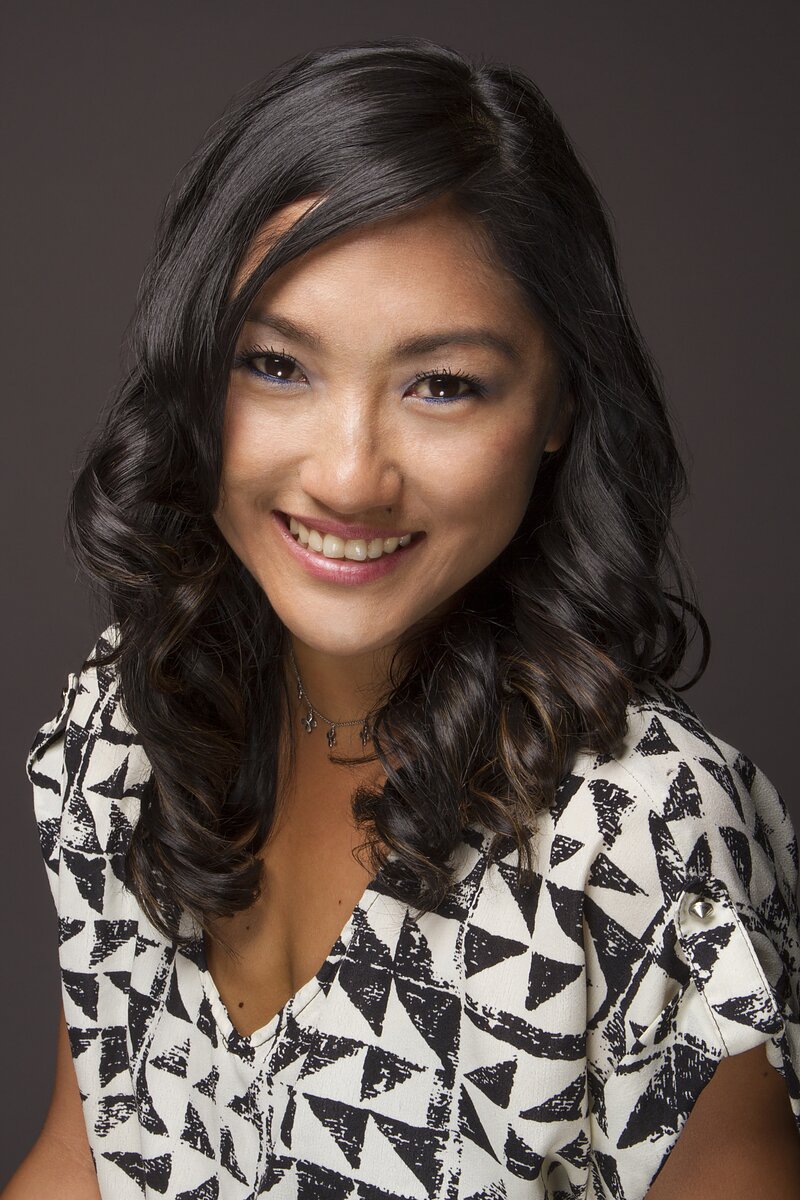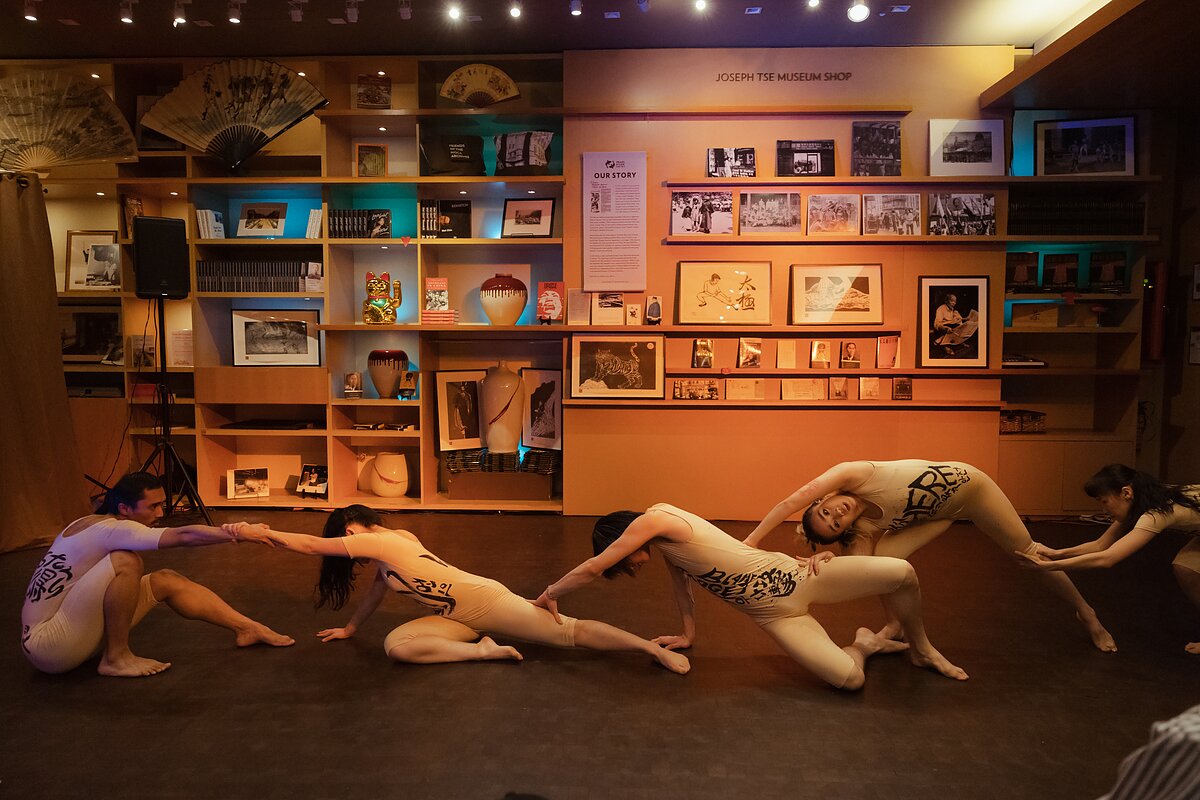Jessica Chen’s Defiant Choreography
On a Chinatown rooftop, choreographer and founder of J CHEN PROJECT Jessica Chen dances alone, carving spirals in time and space with her fingers as part of a 2021 video series titled “Ingrained” that sheds light on the lives and work of Asian Americans throughout NYC. Weaving shapes in the air, she seems to conjure a quiet defiance of the world as she overlooks the city, which earlier that year became a hub for anti-Asian violence.
Chen’s journey in dance began early on, performing traditional dances at Chinese school on Saturdays, such as 孔雀舞 or Kǒngquè wǔ, the peacock dance of the Dai people. “Dance was the love of my life from day one,” said Chen over a recent Zoom call. “It was how I found my place in the world and it was how I connected with my heritage.” In college, a documentary featuring Alvin Ailey’s “Revelations” introduced her to the language of modern dance for the first time. “Ailey changed my life,” said Chen. “It was this moment where I was like ‘Oh my God, this is what I want to do! What are they doing with their bodies? They’re speaking and they’re telling a story.’”
Like the experiences of many minority artists, Chen’s early dance career was riddled with instances of tokenization. “I was the Asian girl that could do Hip Hop,” she explained. “Then at one point I felt like I started to change who I was; not internally but superficially. I would cut my hair. I had bangs. And I was like, ‘Oh, am I trying to fit myself into a box. That’s not why I want to be an artist.”
In 2008, Chen formed J CHEN PROJECT, a contemporary dance company that allowed her to explore her own artistic voice as a dancer, choreographer, and director. “The company’s mission is to create dance works that deconstruct identity, cultural diversity, and belonging and to promote radical, equitable access to the arts.”
During the recent wave of anti-Asian violence, Chen experienced an incident where someone yelled at her for being Asian. The resulting mixed flood of intense emotions—fear, anger, disappointment—became the inspiration for Chen’s work, “You Are Safe.” In the piece, six dancers move and freeze, hold and shift, limbs suspended in the air. When they scatter, one duo remains. They sharply stretch, reaching through hands and toes. Another duet joins them, then the third. All flow as one community.
“It felt unfair, but that’s what racism is: unfair,” reflected Chen.“I felt powerless towards it. I never want to live in fear. I made You Are Safe as this response to what was happening and in doing so with the intention of healing that fear inside me.”
During the lockdown, J CHEN PROJECT continued to make socially distanced work, such as “Dancing from A Distance.” Though the dancers performed separately, making use of a variety of stages—the park, a kitchen, a rooftop—they all danced to the same choreography, turning, leaping, shooting legs back as they stretched their arms forward.
Chen’s latest works, “Be Curious” and “Rising,” celebrate the lives of two renowned Asian Americans, Anna May Wong and Bruce Lee respectively, as part of Chen’s series “AAPI Heroes: Myths and Legends” which premiered at Museum of Chinese in America in March. “I wanted to showcase Asian Americans that had made a significant impact in American history,” said Chen.
In “Be Curious,” Chen pays homage to Anna May Wong’s lifelong struggle against stereotyping and racially charged roles during the Golden age of Hollywood. Her journey included a move to Europe to find less demeaning work as an Asian actress. “She was the first Asian American movie star but she was either cast as the dragon lady or the lotus blossom,” explained Chen. “And in all the movies she was cast in, no matter the role, she dies.” In the dance, a singular woman speaks, praising the ancestors. A soloist moves accordingly, feet brushing the floor and hands guiding the rest of the body. A disembodied voice accompanies her.
Chen’s work around the rights and power of Asian American women can also be seen in “I Can Almost See You.” A woman in white moves across the stage, but her hat blocks her face from view. Through the entirety of the dance, as she swivels and pivots, her unexpected changes in direction can be viewed as a consistent defiance of how society demands access at all times to Asian women’s bodies.
Meanwhile, “Rising Dragon” speaks to Bruce Lee as an enduring symbol of power and strength. “He inspired so many communities,” said Chen. In her choreography, dancers mark the world with intricate kicks and punches. The four go between sharp sweeps of the arms, then barrel through the air. They set this wushu to an intense soundtrack of drums and gongs.
Through her boundary-breaking work, Chen seeks to escape the confines of expectations. Her movements reflect her heritage while simultaneously exploring something uncharted and new. “[Asian choreographers often] get segued off for things like the Lunar New Year or the moon festival,” said Chen. “I wanted to make my own work from my voice. Not my voice as a Chinese American, not my voice as a child of immigrants, not my voice as a woman, but all of it.”
—Rohan Zhou-Lee, pronouns They/Siya/祂/Elle, is a dancer, writer, and public speaker. They are also known for founding The Blasian March, a Black-Asian solidarity initiative through education and celebration.


